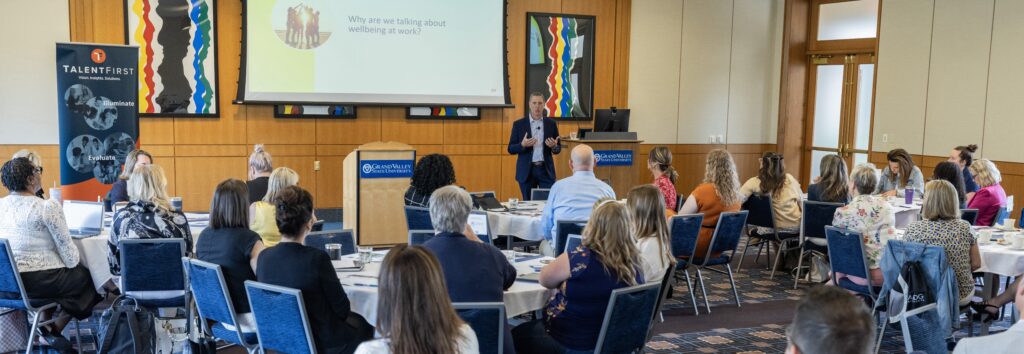This blog post refers to a report by the US Chamber of Commerce Foundation. Read it here.

Many employers are concerned with a lack of soft skills among entry-level employees, which makes positions even harder to fill. The US Chamber of Commerce Foundation reports that many employers struggle with “new hires who are unsure of how to write a professional email, who struggle to organize and prioritize tasks, or who have a difficult time collaborating with coworkers.”
Soft skills, or “employability skills,” are increasingly important in our changing workplace, where the necessary cognitive skills for a job can quickly become obsolete due to changing technology. Workers need strong soft skills, which the report reveals can “predict educational attainment and labor market outcomes as strongly as measures of cognitive ability.”
The challenge in teaching soft skills
Soft skills can be difficult to measure. Employers have claimed that somewhere along the way, teaching these skills has gotten lost. Some point to strict curricula for teachers leaving them unable to teach soft skills; others note a lack of soft skills among first-generation college students who may not have a strong example from someone familiar with corporate culture in their families.
The report makes the case for businesses to collaborate with schools in order to teach soft skills and build a reliable talent pipeline. Several large companies have already partnered with schools in their areas, and there are many ways to encourage soft skill education.
Five methods of employer/educator partnership
The report notes five different ways that companies such as Nike and Wegmans have partnered with schools. They include:
- Investing in Classroom Solutions,
- Mentoring Students,
- “Adopting” a School
- Work-Based Learning, and
- Forming Industry, Education, and Community Coalitions.
Whether businesses send leaders into schools to mentor students or share ideas with teachers, invest in schools and provide funding, or offer resources for their young student-employees, working together with education systems is a proven practice to improve talent pipelines.
For more information on the ways that business leaders can collaborate with education to teach soft skills, read the US Chamber of Commerce Foundation’s report.
You can follow the U.S. Chamber of Commerce Foundation on Twitter @usccfoundation, and remember to keep up with everything Talent 2025 is doing @WMTalent2025!


